It is getting to be that time of year, when a lot of people think about getting a generator in case there is a hurricane.
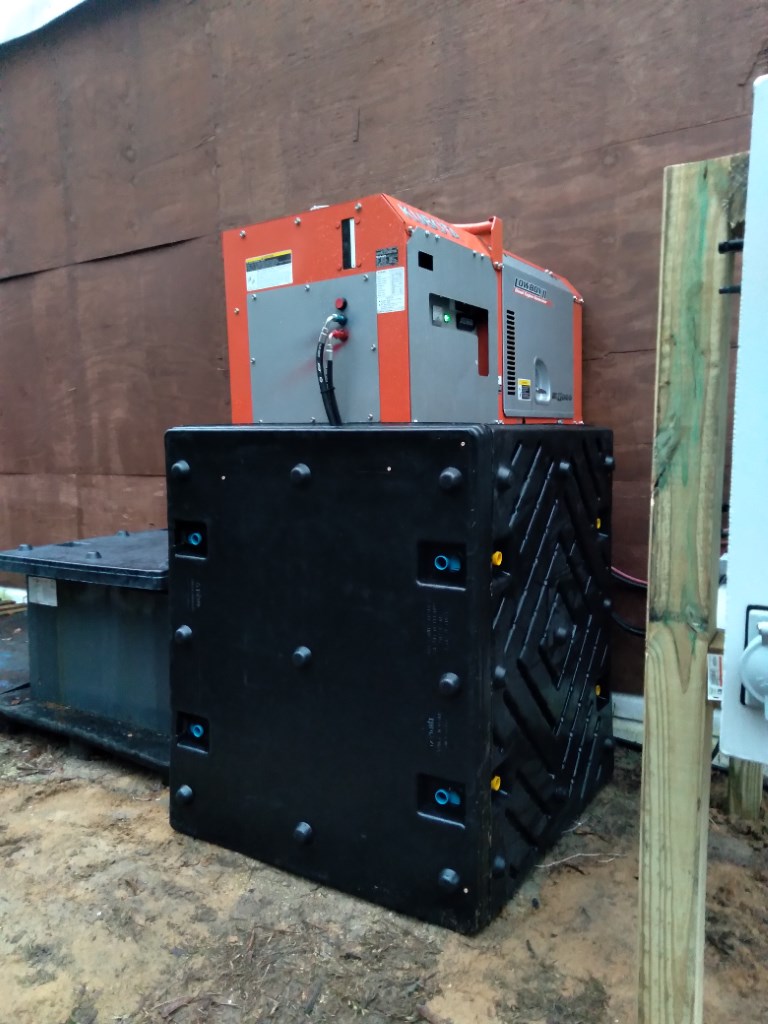
Even if you have solar, it is a good idea to have a generator for times of extra load or for equalizing batteries. There’s also no guarantee all your modules will still be where they were before the storm, once it all settles down.
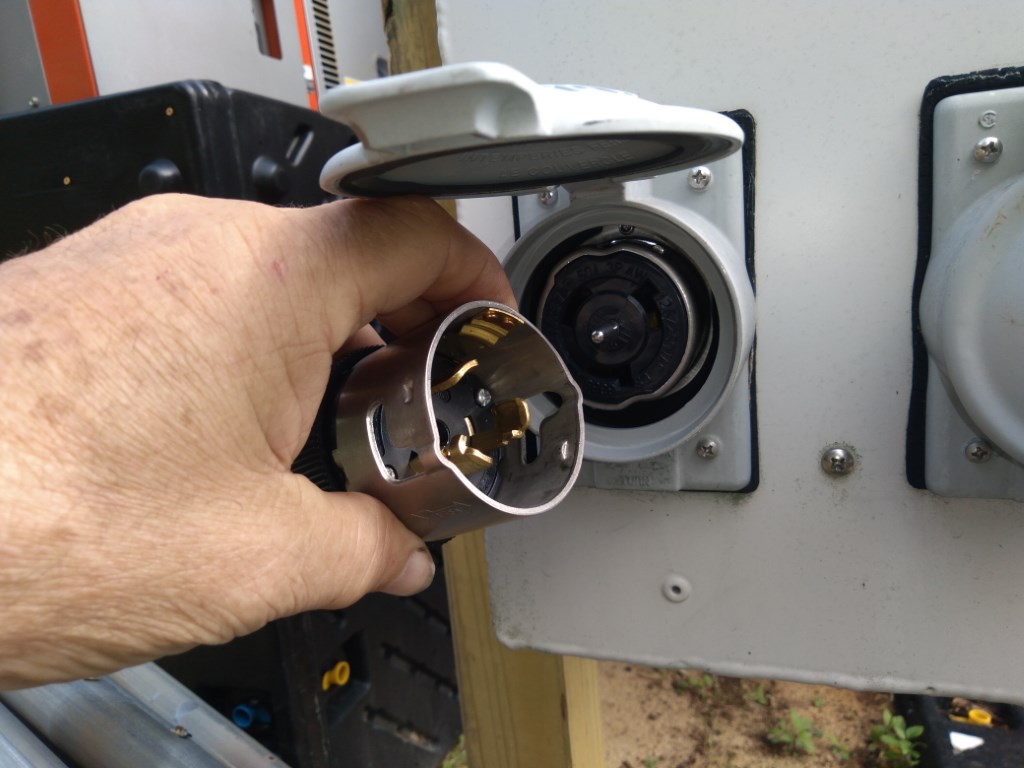
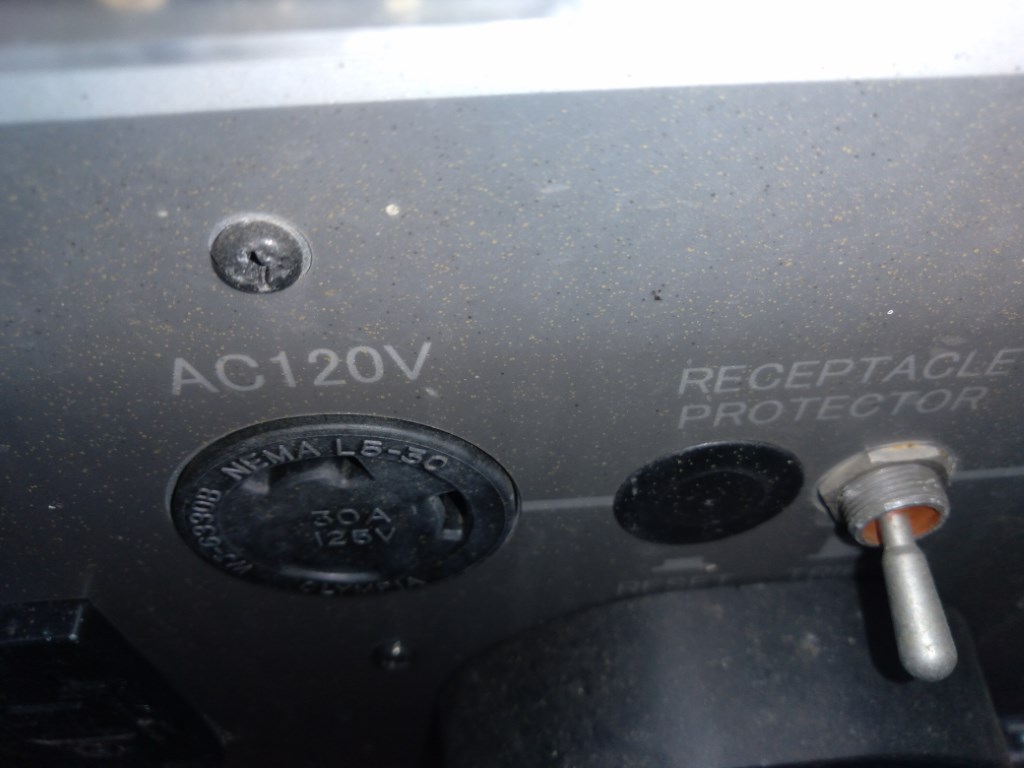
The thing about generators, though, is that so few people do it right. You need a proper generator plug and a transfer switch. The transfer switch lets you select the power company or the grid as your power source. It also prevents your generator from backfeeding into the neighborhood, possibly killing a lineman, but most certainly killing the generator. If you have solar, your inverter may also have a transfer switch built in to allow the generator to take over. That’s all well and good, but where people run into trouble is how they connect the generator to the house.
A lot of people take what is essentially a double-ended extension cord and plug into a wall outlet for a small generator or a 220 socket normally used for the clothes dryer. What’s wrong with that? First of all, if the plug is not securely plugged in, it’ll soon be on the floor where someone might touch those energized prongs. Second, if the meter is not pulled or the breakers pulled, power can go out into the world. A proper generator plug uses a “Hubbel” or twist-lock connector that won’t fall out and the generator side of it has no exposed contacts.
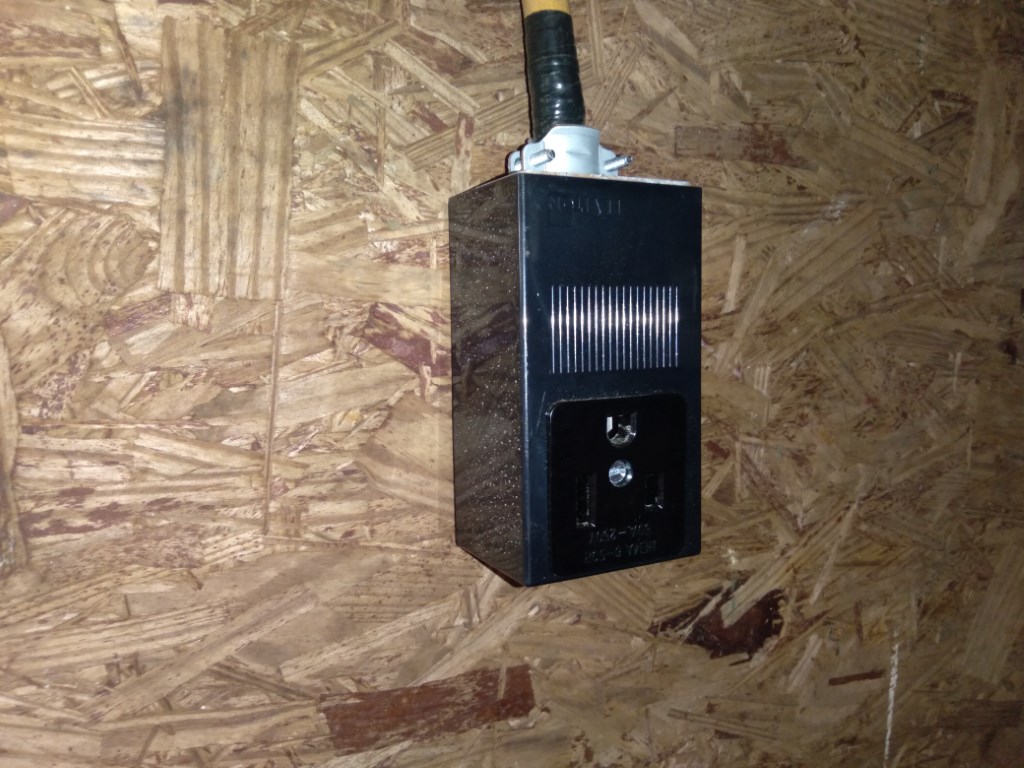
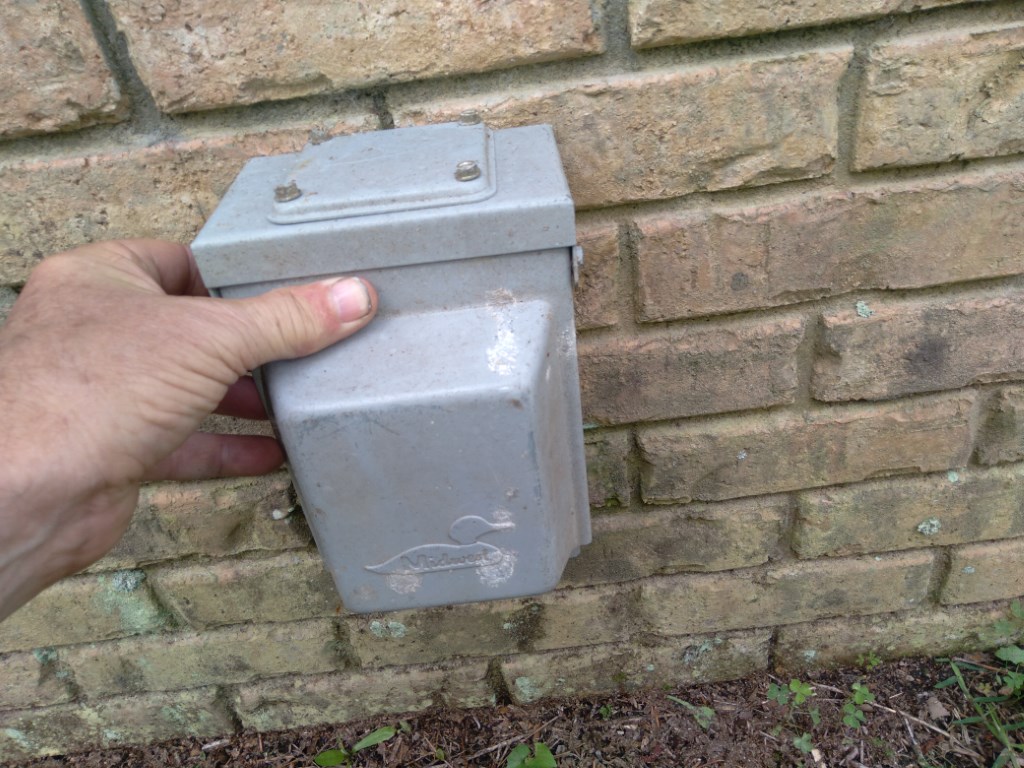
Many years ago we had a storm that was unexpectedly fierce and the power was out for weeks. I did not have any provision for a generator, but I had a big old diesel rig out in the barn, so I improvised. I brought the power in, hardwired to one of the outside a/c disconnect boxes. The main breakers were pulled and I removed the power meter, replacing it with a protective sheet.
Was the power company upset that I broke the seals and snatched out the meter? No! They thanked me for not killing them.–Neal

Looking at the first picture, I would also be concerned that there are two 15 amp duplex receptacles that are apparently fed from the 30 amp”generator” plug, those could easily be overloaded and compromise the insulation on the wires, to a point that could cause a fire.